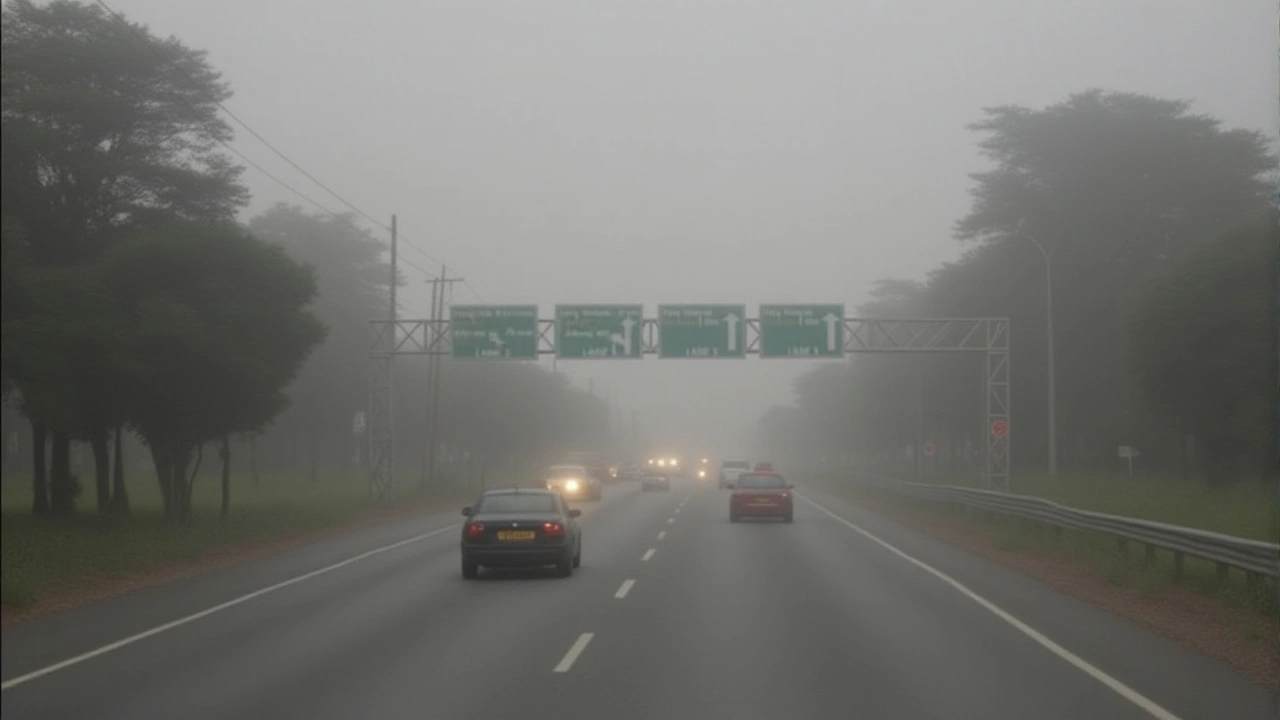Kenya Weather: Current Forecasts, Seasons & Travel Advice
Whether you’re planning a safari, a beach holiday or a business trip, the weather in Kenya can change fast. Knowing what to expect helps you pack right, avoid delays and enjoy every moment. Below you’ll find the latest forecasts for the main hubs, a quick look at the country’s climate zones and handy tips to stay comfortable.
What to Expect This Week
In Nairobi, the capital at 1,795 m above sea level, expect mild mornings around 15 °C, a sunny stretch by midday, and evening lows near 10 °C. Light showers may pop up Thursday night, so a light rain jacket is a good idea.
Mombasa, on the Indian Ocean coast, is hotter and more humid. Temperatures hover between 28 °C and 34 °C with a 30% chance of brief thundershowers on Tuesday. The sea breeze will keep it bearable, but sunscreen and a hat are essential.
In the high‑altitude town of Eldoret, mornings can be chilly (12 °C) while afternoons warm up to 22 °C. Expect dry conditions for the next few days, making it a great time for outdoor activities.
Seasonal Climate Overview
Kenya has two main rainy periods: the “long rains” from March to May and the “short rains” from October to December. The long rains bring heavier downpours, especially in the western highlands and the Rift Valley. The short rains are lighter and more spread out, giving the western regions a second boost of green.
The dry season runs from January to February and again from June to September. This is the peak time for wildlife viewing in the Maasai Mara and Amboseli because animals gather around waterholes and the vegetation is thin.
Coastal areas stay warm year‑round, with the most comfortable beach weather between June and October when humidity drops slightly. If you prefer cooler evenings, head inland during the dry season.
Altitude matters a lot. For every 1,000 m you climb, temperature drops about 6 °C. That’s why the highlands feel pleasant even when the lowlands scorch.
Travel tip: always check a reliable weather app like AccuWeather or the South African Weather Service before you set out. They provide hour‑by‑hour updates and send alerts for sudden storms.
When you’re on safari, early mornings and late afternoons are the best times to spot wildlife. Dress in layers—warm jackets for the sunrise, breathable shirts for midday heat, and a waterproof shell just in case.
If you’re heading to the coast, pack light clothing, a wide‑brimmed hat, and plenty of water. The ocean can be choppy during the long‑rain months, so confirm boat schedules in advance.For city travelers, Nairobi’s traffic can get worse during heavy rains, so allow extra travel time. Public transport runs on schedule, but roads may be slick, so drive carefully.
Finally, remember that Kenya’s climate is shifting gradually. Doctors recommend staying hydrated, especially at higher altitudes, and using sunscreen even on cloudy days.
